There are three main ways to propagate strawberry plants. The plants can be divided and transplanted once multiple crowns have been grown (or division of rhizomes), new plants can be grown from strawberry seeds, or the runners that strawberry plants put out can be controlled, guided, and caused to root where clone plants can be utilized most efficiently.
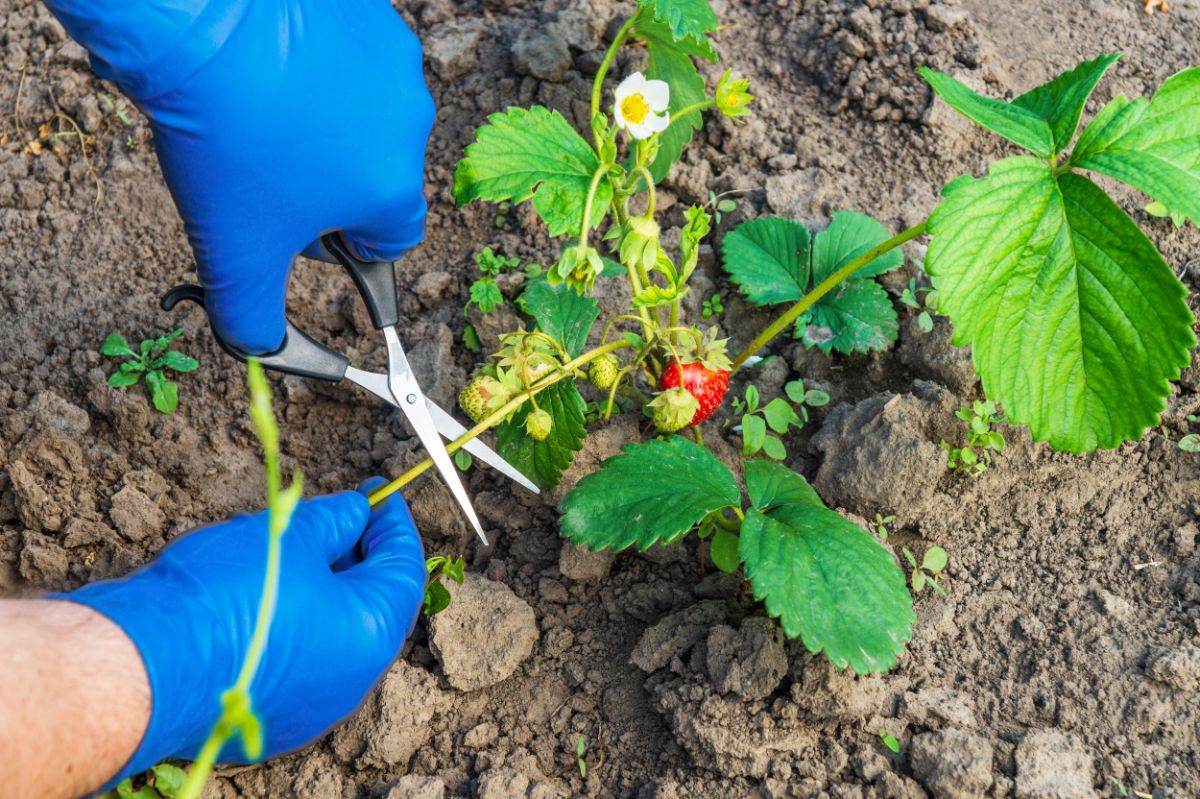
There are positives and negatives about propagating strawberries with each method, all of which will be briefly discussed. However, to offer the bottom line up front, most gardeners will find that the easiest way is to propagate strawberry plants by runner.
Jump to:
Strawberry Propagation by Plant Division
Many types of strawberry plants will, either by nature or if encouraged by pruning runners, put out lateral crowns at the base of the strawberry plant. The crown of the strawberry plant is a short, thick stem that has a growing point slightly (maybe one-quarter of an inch, less than a centimeter) above the surface of the ground and a thick mass of roots growing down into the soil. These lateral crowns can be divided and replanted to propagate strawberry plants. Additionally, the genetically generative rhizomes of strawberry plants can, under the right circumstances, be divided into multiple pieces with each piece being sufficient to grow a new plant.
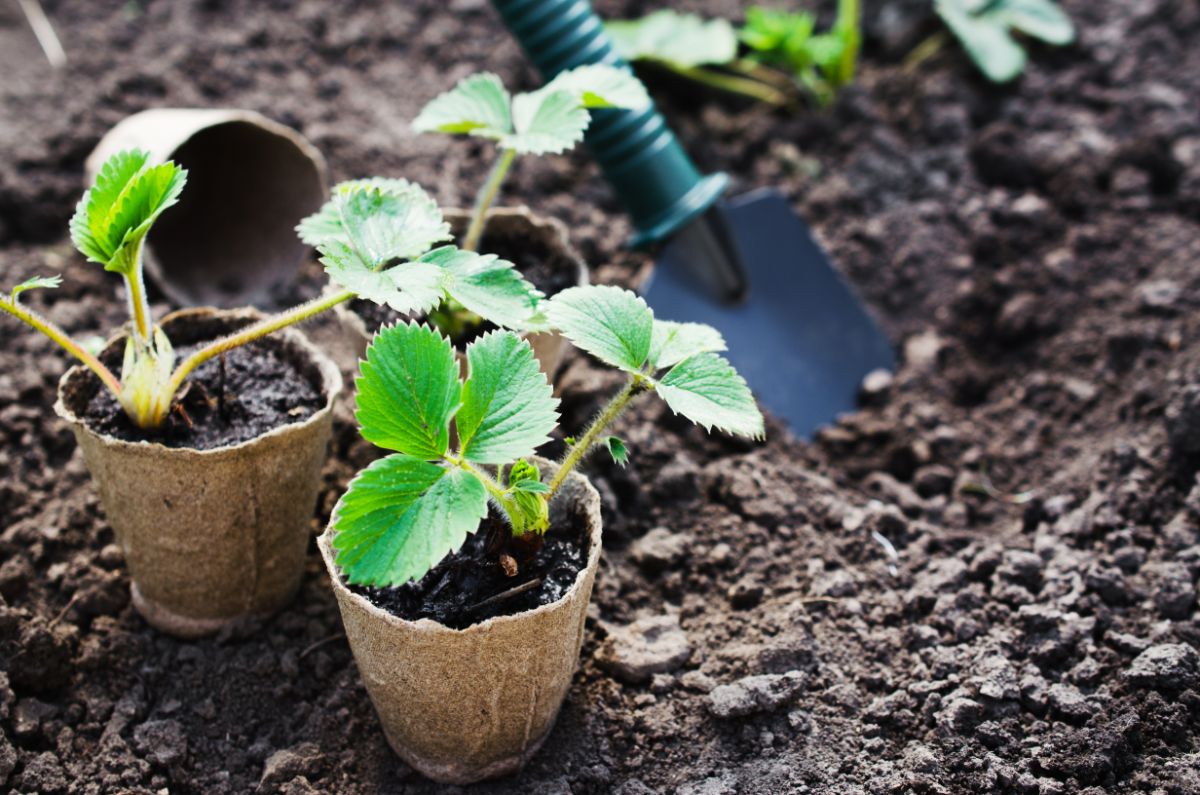
There are, however, several drawbacks to this type of strawberry propagation. Often, the mother plant will be compromised (if not done correctly) and will die. Thus, the net increase of strawberry plants is diminished. Also, it tends to be more labor-intensive and technical as the division or cutting takes both precision and a bit of expertise. However, for well-funded or commercial operations, this division can be used to propagate cloned plants quickly and extensively.
Step-by-step procedure for dividing strawberry crowns
The only time of year to divide strawberry crowns is early spring, when the weather is cool and moist.
Water the plant you intend to divide the night before to soften the soil and hydrate its roots. You need to water the soil to a depth of about six inches (15 cm).
The base of the plant should be clearly visible above the soil. Tie the stems together with a piece of string to keep them out of the way when you cut the crown.
Scratch a circle in the soil around the plant 2 to 3 inches (5 to 8 cm) away from the crown. You will use this as a guide for digging.
Dig down to a six-inch (15 cm) depth with a clean, sharp garden trowel. Use the blade of the trowel to work underneath the root ball of the strawberry plant. Pry the plant out of the soil. Lift out the strawberry plant and fill in the hole left in your strawberry bed.
Untie the strawberry stems. Cut down through the center of the root ball to create two strawberry plants of approximately equal size. Gently brush enough soil off each half of the root ball to expose the roots.
Subdivide each half of the root ball into smaller plants, each with 6 to 12 healthy roots and its own crown of at least half an inch (a little over a centimeter) diameters. Don’t divide small crowns, because they may not survive long enough to put out their own roots.
Dig a hole from planting each part you divide from the original strawberry plant. Make the hole just a little deeper than the root ball so the crown is at least one-quarter inch (a little less than a centimeter) to one-half inch (a little less than 1.5 centimeters) below the level of the soil. Put the roots into the hole you dug and press soil around them. Loosely cover the crown with soil, leaving stems and foliage exposed.
You will need to keep your new strawberry plants well-watered during their first season as they are putting out new roots. Protect each crown with a 2-inch (5-centimeter) layer of loose mulch to protect it from fluctuations in temperature and humidity. You should see new leaves in a few months and flowers and fruit next year.
Strawberry Propagation by Planting Strawberry Seeds
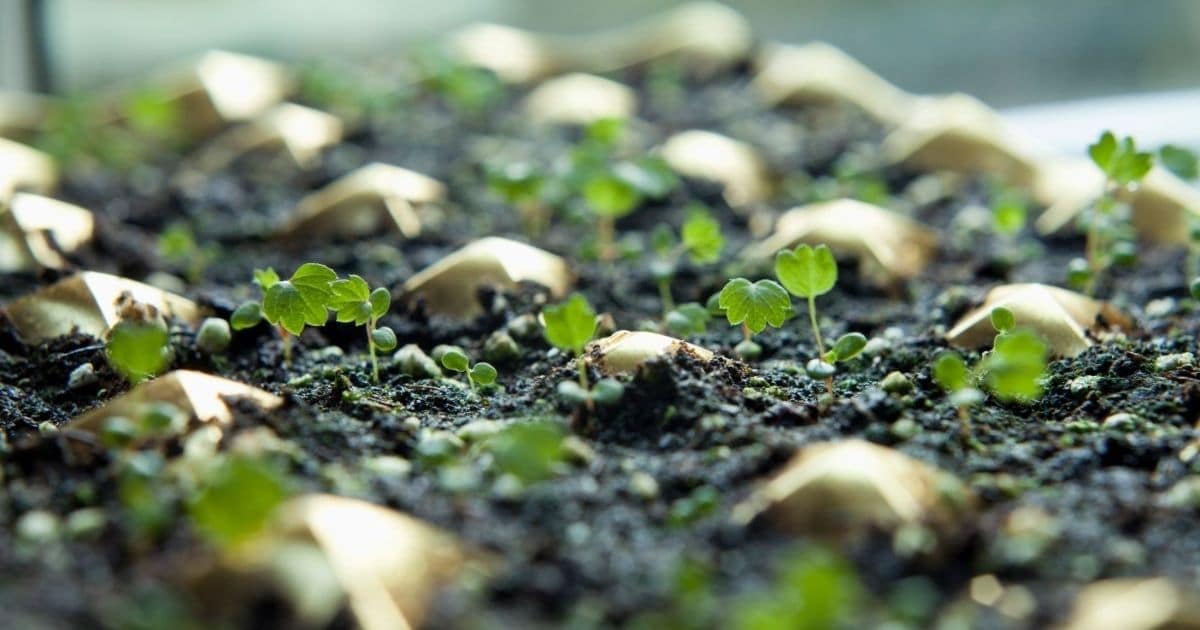
Visit the Strawberry Seeds page for the details on how to plant and start strawberry seeds and the Growing Strawberries page for help propagating strawberry plants by nurturing the seedlings into viable, mature strawberry plants.
Growing strawberries from seeds has the potential for vast numbers of new strawberry plants to be grown. Each strawberry has approximately 200 seeds adorning its outer surface. While unusual for every seed to be viable, that is still a lot of new plants from a single strawberry. Starting strawberry seeds will require most of the standard seed-starting equipment to be used. And, while starting strawberry seeds often requires a few more considerations than does starting common garden vegetables from seeds, it is not overly difficult.
The major drawback of strawberry propagation by seed is the nature of today’s common strawberry cultivars (visit the Strawberry Plant page for the history). Once the Garden Strawberry (Fragaria x ananassa) became the dominant strawberry grown in both home gardens and commercial operations, the seeds became unreliable due to the crossbreeding used to obtain the improved strawberry varieties. This means that attempting to grow strawberry plants from seeds that were collected from a purchased strawberry will likely not produce true plants. In other words, the plants grown from seed will be different from the plant that produced the seeds (sometimes substantially so). The seed-propagated strawberry plants will exhibit genetic traits of the grandparent plants instead of the desired parent plant. The wild strawberry species are an exception to this and will produce plants true-to-form. However, their fruits are much smaller, in general, and not recognized by most as the “strawberries” that are commonly bought and consumed today.
Strawberry Propagation by Runners
Growing strawberry plants from a runner is, for most, the easiest and quickest way to propagate strawberries. Most of the June-bearing, everbearing, and day-neutral varieties produce runners. Some of the wild strawberry varieties do not and must be propagated by seed. But, in general, if someone buys a strawberry plant, it will produce at least a few runners.
The strawberry runners are stolons. These horizontal stems are sent outward from the base of the strawberry plants. At variable distances new strawberry plants will form (at nodes). This is possible because of a strawberry plant’s ability to form adventitious roots. These specialized roots are formed at the nodes along a runner. Wherever these roots touch nutritious soil, they will continue to grow into that soil and establish a new clone plant that is genetically identical to the plant that originally sent forth the runner.
Due to this aspect of runners, it is relatively easy to propagate strawberry plants using them. The long, flexible intermodal parts of the runners allows them to be bent and positioned according to the desire of the gardener. To collect new clone strawberry plants, all one has to do is direct the runners so that the adventitious roots will grow down into a separate, moveable container.
Any small container or pot properly filled with a sandy loam soil will work. It can be buried so that the strawberry plant runner will stay at ground level, or the pot/container can be placed on top of the ground so that it is more easily removed once the new strawberry plant is well-rooted and established. Either way, the runner can be held in place by clothespins, rocks, a pile of dirt, a couple of sticks, or anything else suitable for keeping the runner in position and the node portion in contact with the soil.
Once the adventitious root has established the new clone plant, separate the new plant from the mother strawberry plant by snipping the runner. If it has been established for a while, the runners will eventually shrivel and snap on their own. But, as long as the new plant is well-rooted, no growth will be hindered by snipping or snapping the runners.
Voila! You now have a new, transportable strawberry plant that you can sell, use to start a new strawberry bed, or use in some other imaginative way!
How to Transplant Rooted Runners for New Production
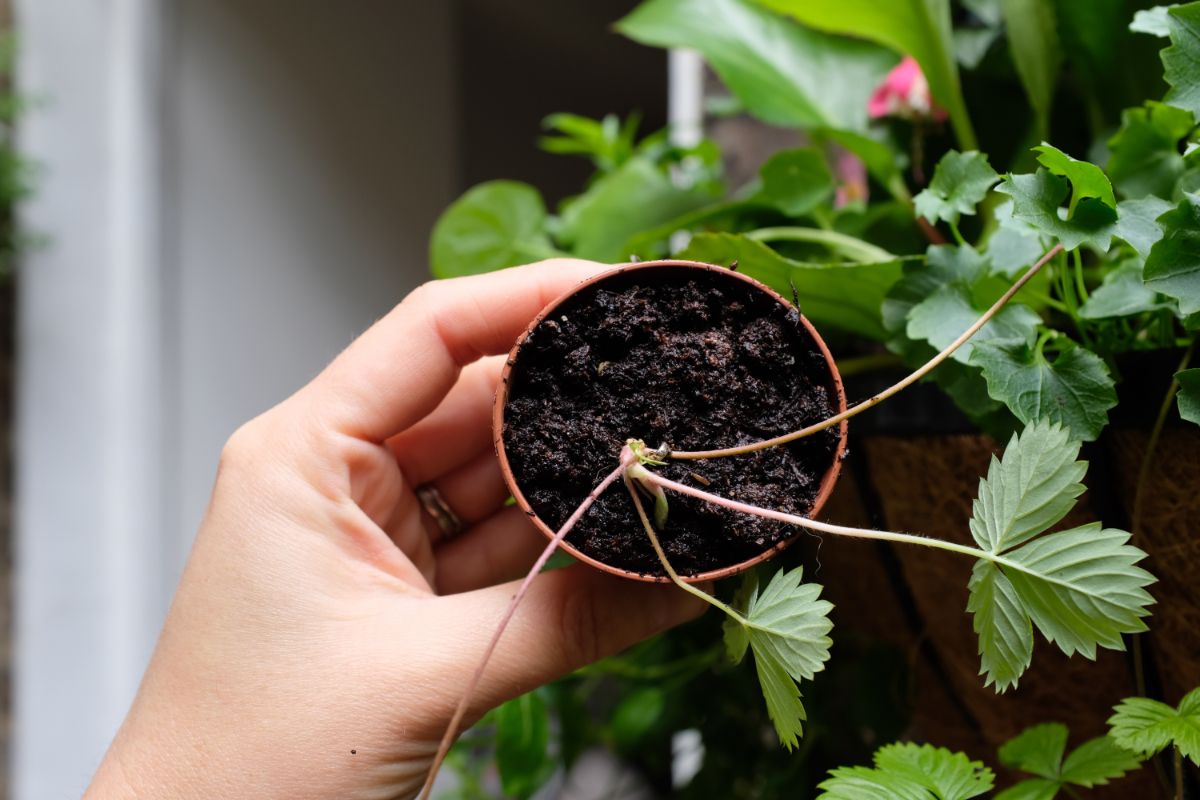
If you have been careful about fertilizing and watering and protecting your strawberry plants from disease, your strawberry bed will tend to become overgrown. It can take some effort to determine which plants are older, producing plants, and which plants are rooted runners.
But you can look at each plant carefully and determine which smaller plants are connected to larger plants. It’s the smaller plants that you will want to disconnect and transplant.
When you find a smaller plant with roots in the ground that is still attached to its mother plant, pull it up gently. Cut the runner to the mother plant as close to the main stem of the daughter plant as possible.
Even if a runner plant looks like it is ready to grow, it is not as well established as its mother plant. It’s just been ripped out of the ground, so it will be undergoing stress.
Your transplants will need to be protected from drying out and excessive heat, and put into new ground as soon as possible. Then they need to be mulched to make sure that they are protected from frost and severe cold and to keep the moisture in the ground around them stable.
Strawberry Plant Propagation: Conclusion
For a new gardener, strawberry propagation by runner is usually the easiest and most successful means of acquiring new plants from existing ones. But, don’t hesitate to try the others if up to the challenge. Also, not all strawberry plants produce the same amount of runners. Check the Strawberry Varieties page for more details on specific cultivars, and, once you find one you like, you can find a supplier by using the Strawberry Plants for Sale page.


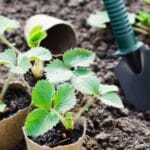



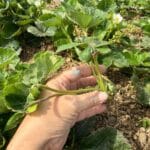
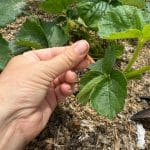

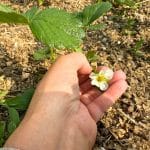
Leave a Reply